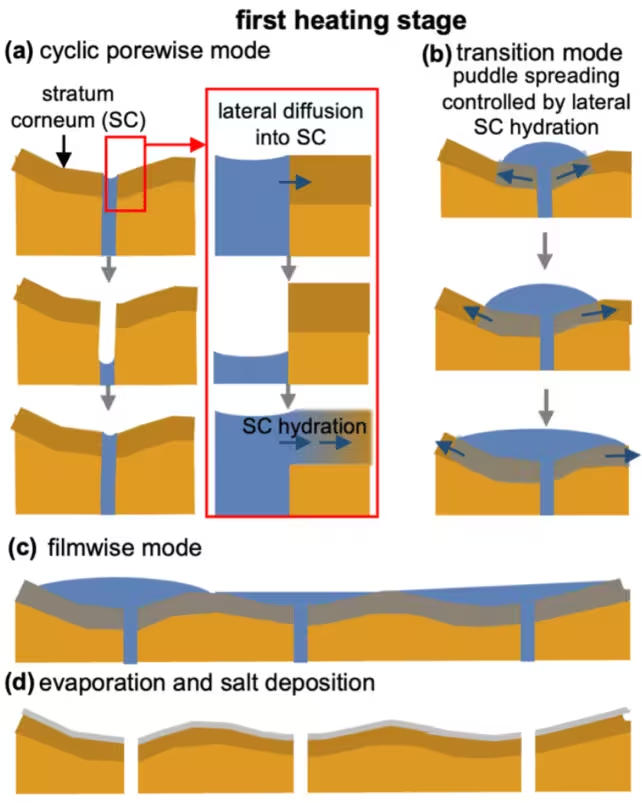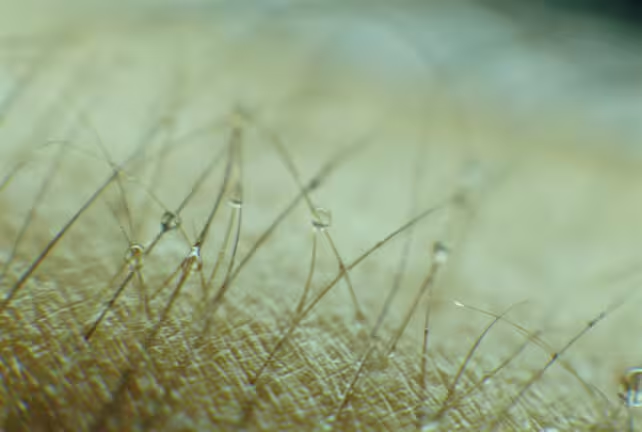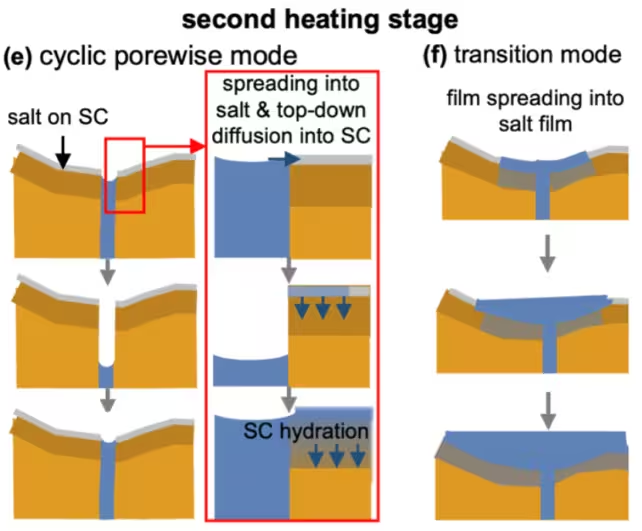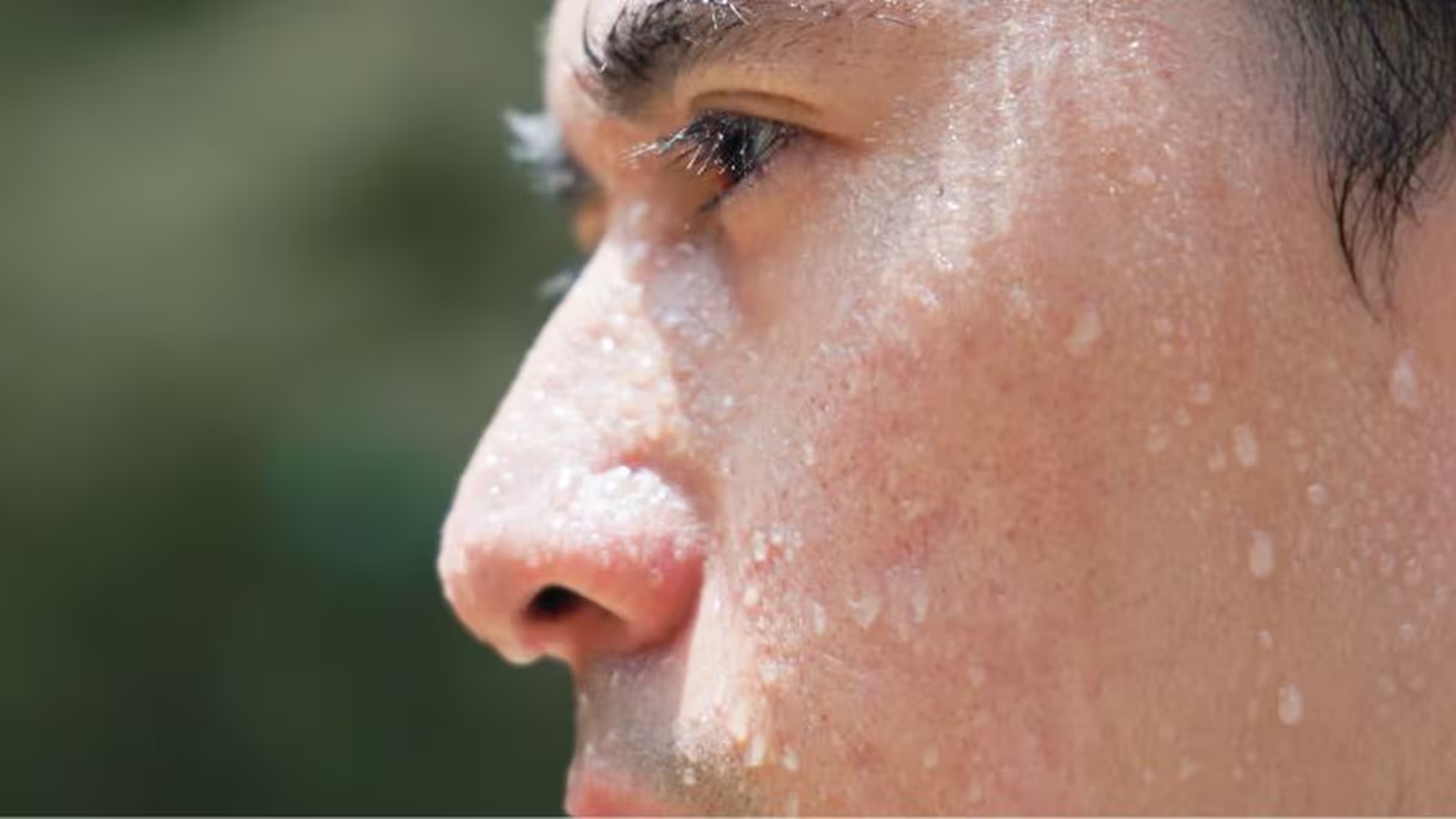3 Minutes
Challenging the Traditional View of Sweat Formation
For centuries, the common narrative around perspiration has centered on the iconic 'bead of sweat.' Popular culture and scientific literature alike have often depicted sweat as a series of discrete droplets emerging from the skin's pores. However, recent research from Arizona State University fundamentally revises this longstanding belief, revealing a far more nuanced mechanism behind human sweating.

Scientific Methodology: Zooming In at the Micro Level
Advanced Imaging Sheds Light on Sweat Dynamics
The research team, led by mechanical engineer Dr. Cibin Jose, utilized advanced infrared thermography—an imaging technique capable of detecting heat changes at individual sweat pores. This high-resolution approach allowed for the observation of perspiration at an unprecedented detail, bridging the gap between macroscopic assessments and the largely unexplored microscale dynamics of sweating.
For the experiment, six healthy adult participants reclined in temperature-controlled conditions, wrapped in electric blankets to induce mild heating. This setup initiated cycles of sweating and cooling, particularly on the participants' foreheads, where the emergence and evaporation of sweat could be closely monitored.

Key Discoveries: Sweat as a Film, Not Droplets
Formation and Spread of the Sweat Film
Contrary to the traditional image of individual beads, the study discovered that sweat initially appears as flat, shallow puddles. As the skin's pores fill to capacity, sweat coalesces into a nearly invisible film that spreads across the surface. This film is exceedingly thin—less than 0.1 millimeters thick—but covers larger areas than previously thought. Even though sweat may appear as rolling droplets when it accumulates, these formations are the result of gravity acting on the film, rather than the original mode of emergence from each pore.
Additionally, the body’s microscopic hairs play a significant role by interacting with the thin sweat film, facilitating quicker evaporation. After each sweating cycle, a residue of salts remains on the skin. This residual salt, when present, enables sweat to wick and spread even faster during subsequent warm periods, further supporting film formation.

Implications for Science, Medicine, and Technology
Understanding Sweat at Multiple Scales
This discovery has significant ramifications for numerous fields. Understanding the microscale formation of sweat could enhance the accuracy of clinical diagnostics that monitor hydration and electrolyte balance, inform the design of breathable and moisture-wicking textiles, and improve the sensitivity of wearable biosensors. As noted by the Arizona State team, these insights pave the way for further research into how sweat dynamics vary across different regions of the body, changes with physical activity, and shifts with aging.
"This comprehensive study substantially advances our understanding of microscale human sweating fundamentals, which can propagate into enhancing applications across clinical diagnostics, textile engineering, and wearable sensor development," the researchers conclude.
Conclusion
The conventional image of sweat as scattered beads is giving way to a more scientifically accurate understanding: human perspiration forms a continuous, ultra-thin film. This new perspective not only enriches our knowledge of the body's thermoregulatory processes but also holds promise for innovation in healthcare, materials science, and wearable technologies. As further research builds on these findings, our approach to monitoring, measuring, and managing sweat may undergo transformative change.
Source: royalsocietypublishing



Comments